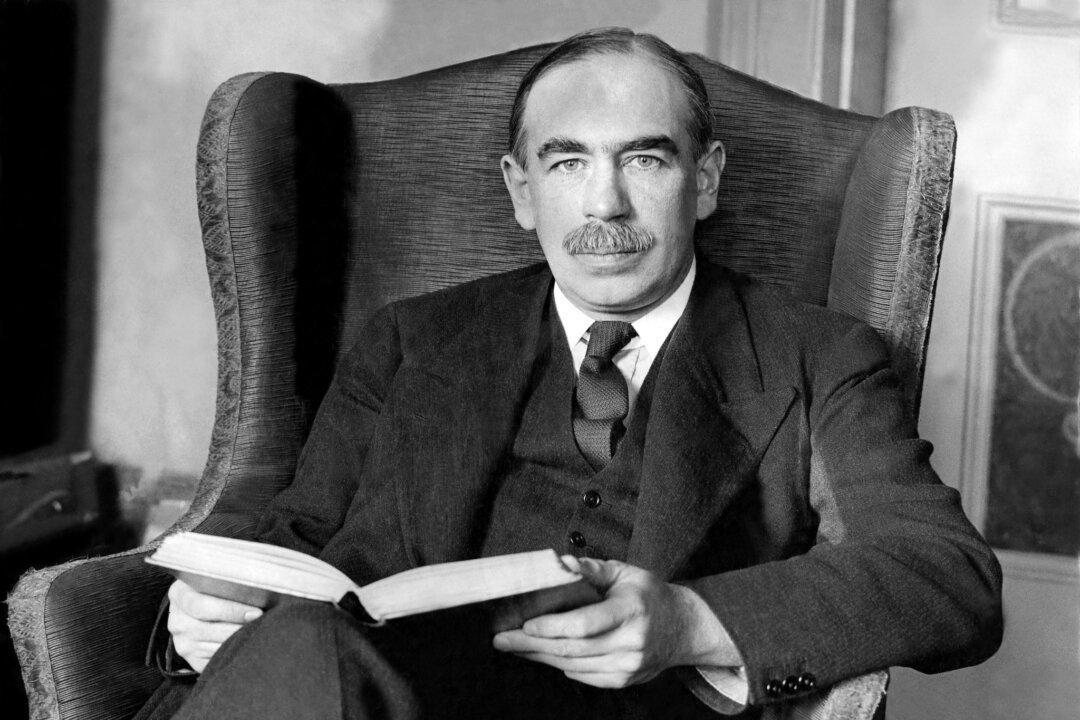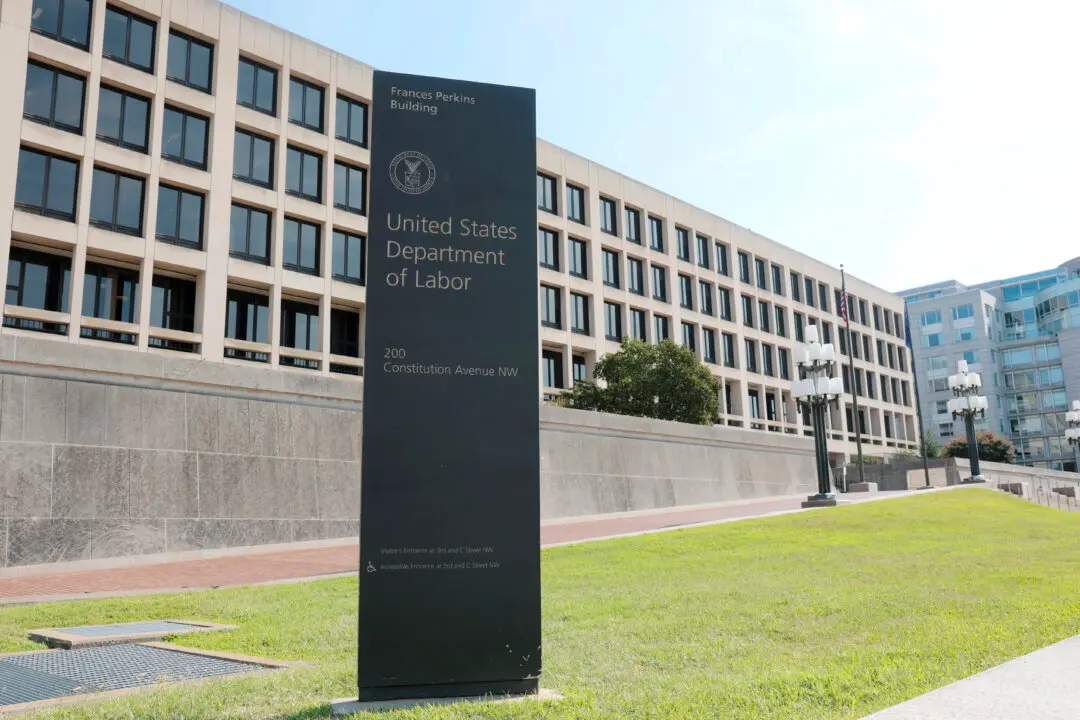Commentary
We finally seem to be hitting on a phrase to describe, at least in part, a feature of the current economic environment. The phrase is “white-collar recession.” It points to a reality these pages have covered in detail over the past year. The professional/managerial sectors of the U.S. economy were inflated beyond anything sustainable.





